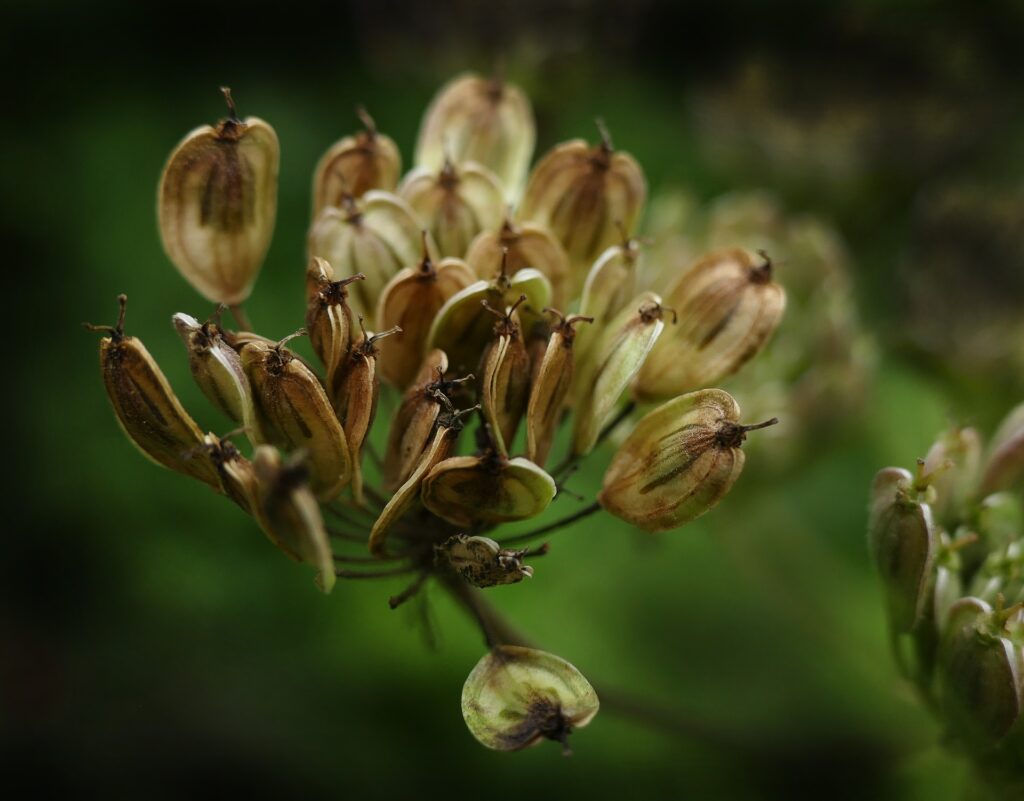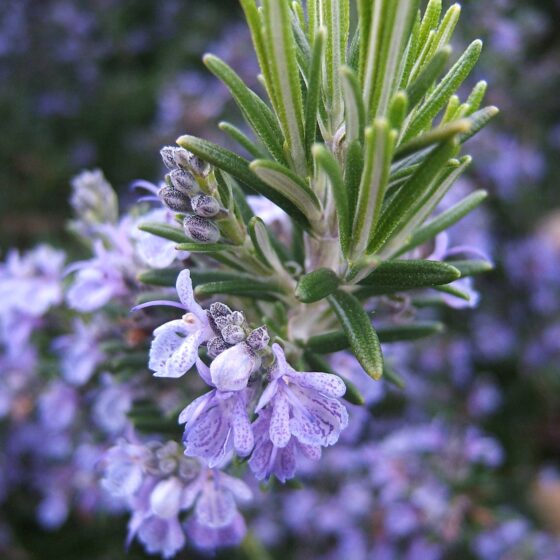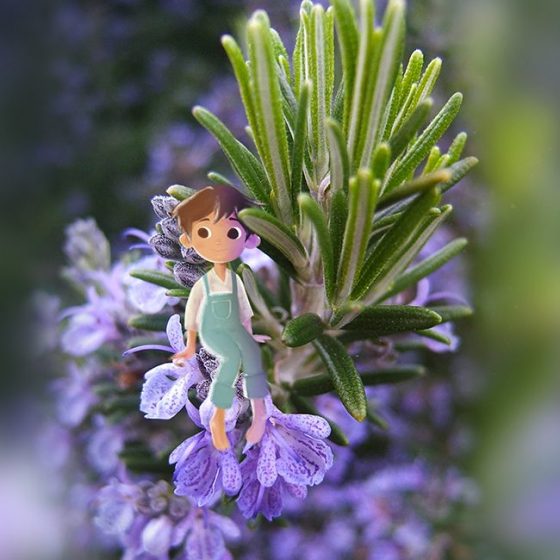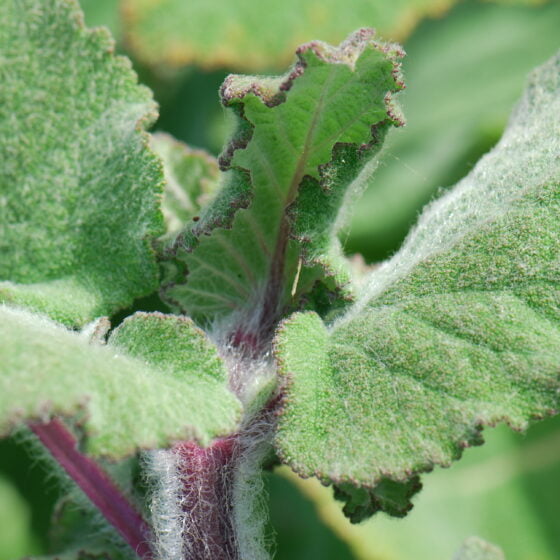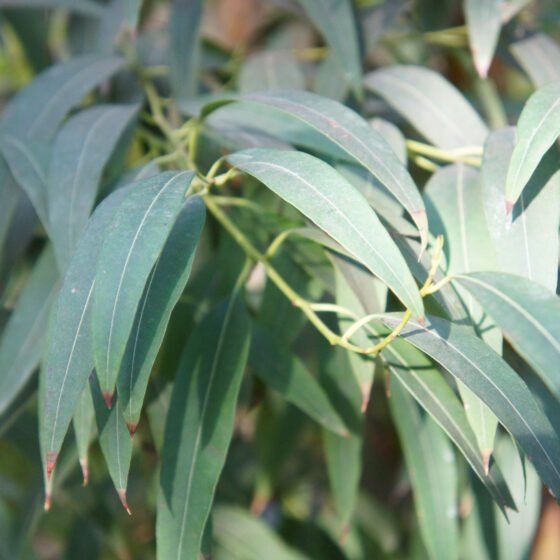
Anise Spain
Pimpinella anisum
General data
Harvest Calendar
- J
- F
- M
- A
- M
- J
- J
- A
- S
- O
- N
- D
Product details Fragrance side
The spicy and liquorice note typical of anise allows it to find its place at the heart of fine and applied perfumery. It is often found in licorice or gingerbread accords. The essential oil is often used at the heart of aromatic ferns or chypre perfumes.
About
Aniseed has long been esteemed, used by the Greeks and Romans for its medicinal, magical, and divine virtues. An ingredient in the famed antidote theriac, anise was also recorded in the estate management text Capitulare de Villis from the reign of Charlemagne. In Europe, despite similar names, true anise is not the same as “anis des Vosges” (caraway), anis aigre (cumin), star anise, or even “anis de France” (sweet fennel)
Anise, a native to the southeastern Mediterranean, is an herbaceous plant cultivated worldwide for its characteristic aroma. This umbelliferous annual has hollow stems that bear bright-green, fern-shaped leaves. The small white flowers, clustered in umbels, bloom in midsummer. In late summer, the plants produce light-brown, highly fragrant, oblong fruits called aniseed.
Aniseed is harvested when the center of the umbel browns and the stems yellow in July and August. The crop is reaped or uprooted and the infrutescences are handled with care because the seeds fall out easily, especially with the morning dew. As the fruits do not all mature simultaneously, the stems are bound together in bunches, umbels in the center, so that they may finish drying safely inside.
Fragrance side
The spicy and liquorice note typical of anise allows it to find its place at the heart of fine and applied perfumery. It is often found in licorice or gingerbread accords. The essential oil is often used at the heart of aromatic ferns or chypre perfumes.
About
Aniseed has long been esteemed, used by the Greeks and Romans for its medicinal, magical, and divine virtues. An ingredient in the famed antidote theriac, anise was also recorded in the estate management text Capitulare de Villis from the reign of Charlemagne. In Europe, despite similar names, true anise is not the same as “anis des Vosges” (caraway), anis aigre (cumin), star anise, or even “anis de France” (sweet fennel)
Anise, a native to the southeastern Mediterranean, is an herbaceous plant cultivated worldwide for its characteristic aroma. This umbelliferous annual has hollow stems that bear bright-green, fern-shaped leaves. The small white flowers, clustered in umbels, bloom in midsummer. In late summer, the plants produce light-brown, highly fragrant, oblong fruits called aniseed.
Aniseed is harvested when the center of the umbel browns and the stems yellow in July and August. The crop is reaped or uprooted and the infrutescences are handled with care because the seeds fall out easily, especially with the morning dew. As the fruits do not all mature simultaneously, the stems are bound together in bunches, umbels in the center, so that they may finish drying safely inside.
Other type of extracts
(Aromatic)
